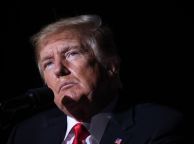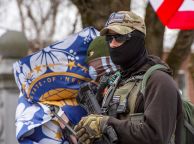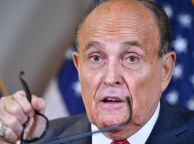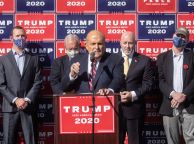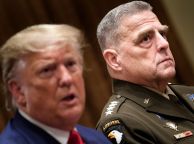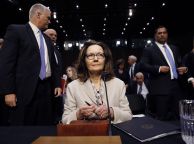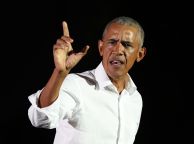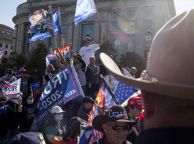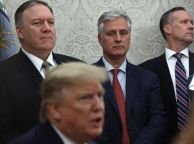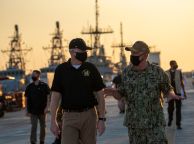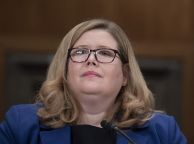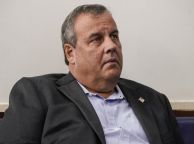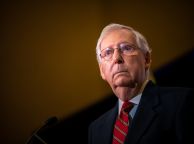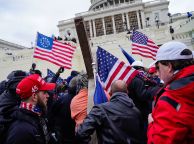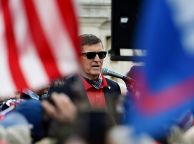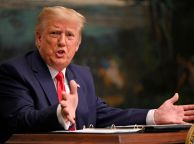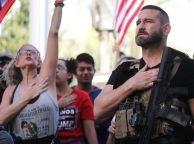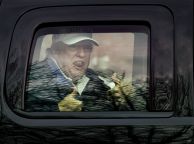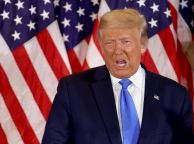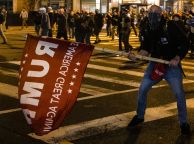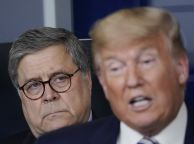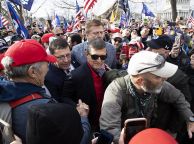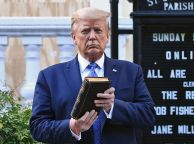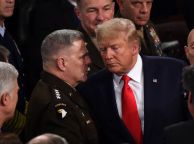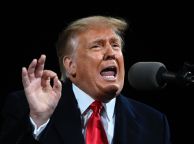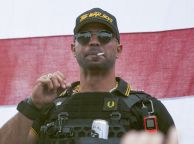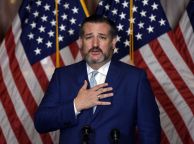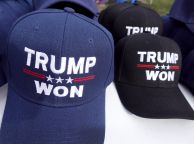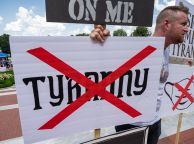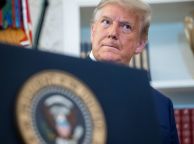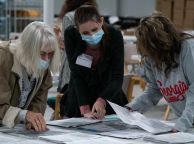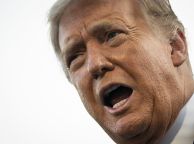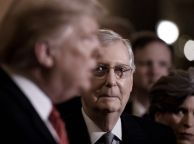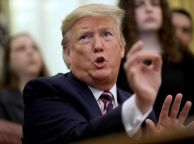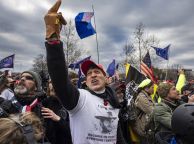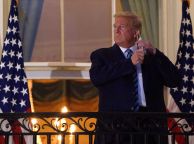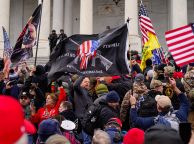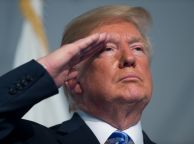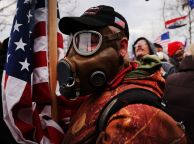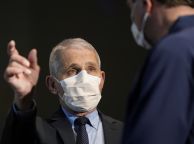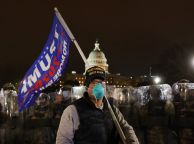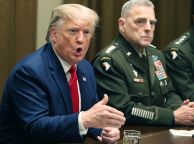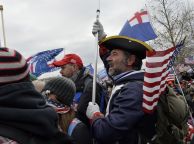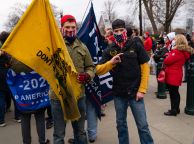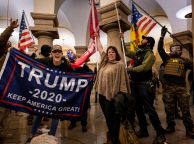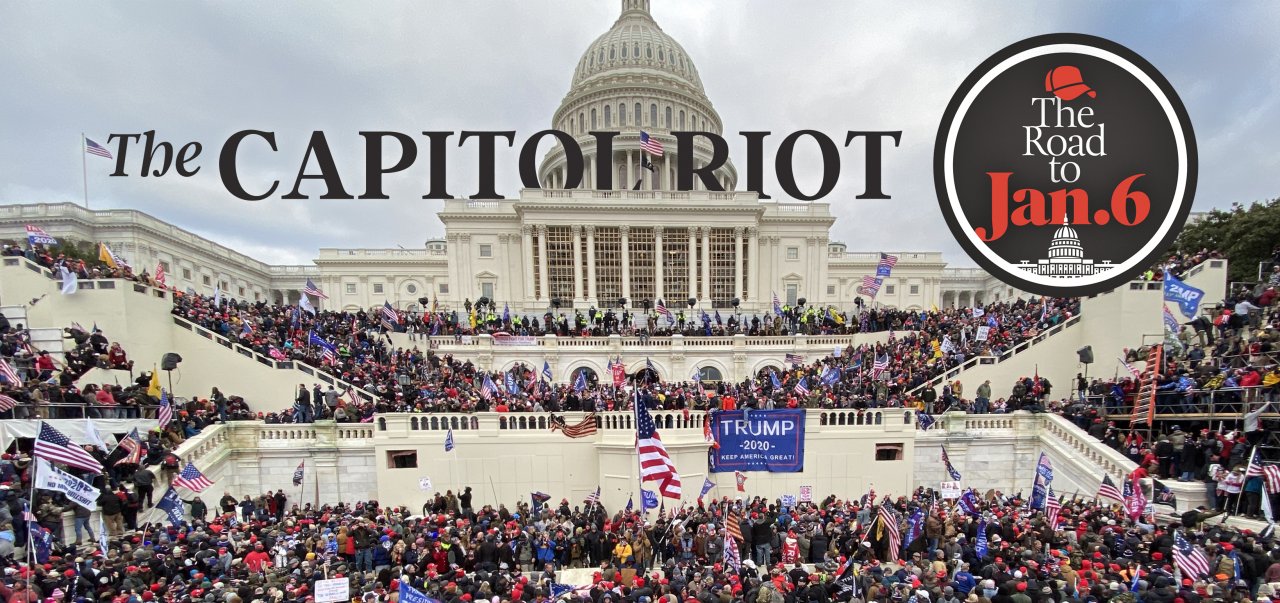
Donald Trump's Lafayette Park Photo-Op Spooked Military Leaders
In this daily series, Newsweek explores the steps that led to the January 6 Capitol Riot.
On December 3, President Donald Trump authorized an extension, through March 31, 2021, for the use of the National Guard for COVID assistance. The decision mostly related to cost sharing. In 44 states, American territories, and the District of Columbia, the federal government would pay 75 percent of the cost, while in Florida and Texas the federal government agreed to pay 100 percent until the end of the year.
The COVID mobilization planted the seed of the view that military force—and specifically the National Guard—was essential for America in crisis, driving a frenzy of later questions around why they didn't save the day on January 6. The Pentagon's apparent paralysis does relate to the COVID mobilization, and also to the role the National Guard played, or was perceived to play, during the June 2020 George Floyd protests.
Just as cost-sharing is the nitty-gritty of understanding the COVID response, the status of the National Guard and the rules for its use are key to understanding January 6. So who are the National Guard? And how do they differ from the active duty military, or even from the reserves? First, the Guard is the successor to the "militia of the several states" as written down in the Constitution over 200 years ago, which also outlines states' rights to create militias. As the militia, they belong to the governors, who each serve as the commander-in-chief of their state militia, the modern day National Guards. Guardsmen and women can be deputized to enforce the law, a role that generally is forbidden by the Posse Comitatus Act. (The law restricts the president's use of National Guard forces to enforce federal laws, unless it is to suppress an insurrection.)
The Guard is also a reserve component of the armed forces, different from the Army Reserve, that is a federal component of the Army. It wasn't until the modern era that this force began to be required to conform with federal guidelines in practice and equipment, to make them capable of being mobilized for active duty.
When ordered to federal-level active duty (when the president "federalizes" them), the Pentagon pays for the Guard. When under the command and control of the governor, they can be paid for by federal funds (as in the case of the COVID mobilization), but not always. Then they are paid for by the state.

Because of discrimination against the citizens of the District of Columbia (in that it is neither a state nor a territory or commonwealth), the DC National Guard (DCNG) is under the control of the president. The Mayor of the District is not in the chain of command. In 1969, President Richard Nixon delegated most responsibilities for supervision and control of the DCNG to the Secretary of Defense, responsibility of Army national guardsmen and women further delegated to the Secretary of the Army.
After the death of George Floyd in May 2020, National Guard personnel in 23 states and the District of Columbia were activated to help deal with protests across the United States. In June, as civil unrest increased in the nation's capital, about 800 guard members from the DCNG and from five adjoining states were called to active duty.
The presence of the Guard downtown, particularly around Lafayette Park across from the White House on June 1, met with widespread criticism. Federal law enforcement officers employed riot control agents and smoke bombs to disperse the protestors as Donald Trump left the White House and walked to St. John's Church for a photo op with the Bible. Trump was accompanied by a gaggle of aides and cabinet members, including Chairman of the Joint Chiefs of Staff, Army General Mark Milley, who later apologized for taking part in the event because it created a perception of military involvement in domestic politics.
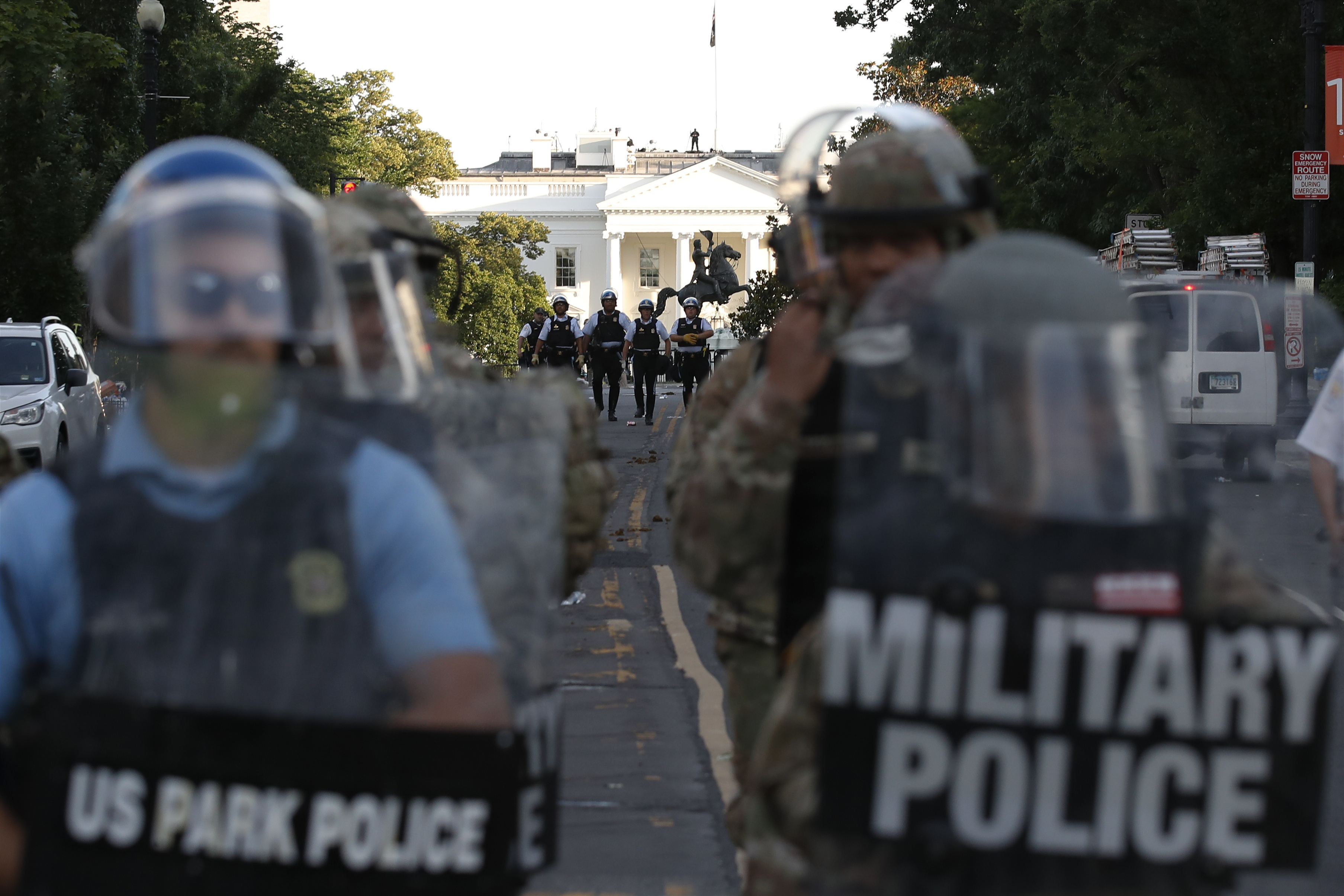
Secretary of the Army Ryan McCarthy justified the use of the DCNG. "It turned very violent," he told the Pentagon Inspector General. "They looted buildings. They spray painted monuments. They burned a church. Six of our [DCNG] soldiers were injured and over the course of those 3 or 4 days about 100 policemen were injured."
McCarthy responded to each of the main points of public criticism: that a low-flying an Army helicopter was conducting reconnaissance and buzzed the crowd, that federal officers identities were obscured, and that active duty soldiers were mixed in with the responders. The helicopter, he said, was a medical evacuation asset, doing its job. Though DCNG soldiers were present in the park, he said, they were confused with federal law enforcement because the guard lent them military police shields. And as for claims that active duty soldiers were present in violation of the law, based on their uniforms showing the patches of regular army units, this was caused by a lack of understanding. Many Guard soldiers, the Army explained, wore active duty patches of the units they served with on their right shoulder. On their left shoulders were their Guard unit patches. In addition, the Army said, some might have thought that some federal law enforcement officers who wore military-style uniforms were soldiers. But they were not—even if those personnel from other agencies wore no identifying clothing or patches.

The events of the summer disturbed the Pentagon leadership, particularly General Milley. Congress held hearings on the incident at Lafayette Park and the question of the role of the military, passing legislation setting new rules for the Defense Department and requiring all personnel to be identified when operating in American cities. At the Pentagon, procedures were put in place to ensure that soldiers—or any Guard formation—would not be used in case of civil disturbance unless the responsible federal civilian agency, mostly the FBI or Secret Service, made a formal request.
The hyper-sensitive military leadership thought, according to the Inspector General report, that "civilian authorities had become over-reliant" on the military as first responders rather than as a last resort. All of this played a factor on January 6, but of course the biggest factor was that intelligence analysts never anticipated the crowd or the violence.

